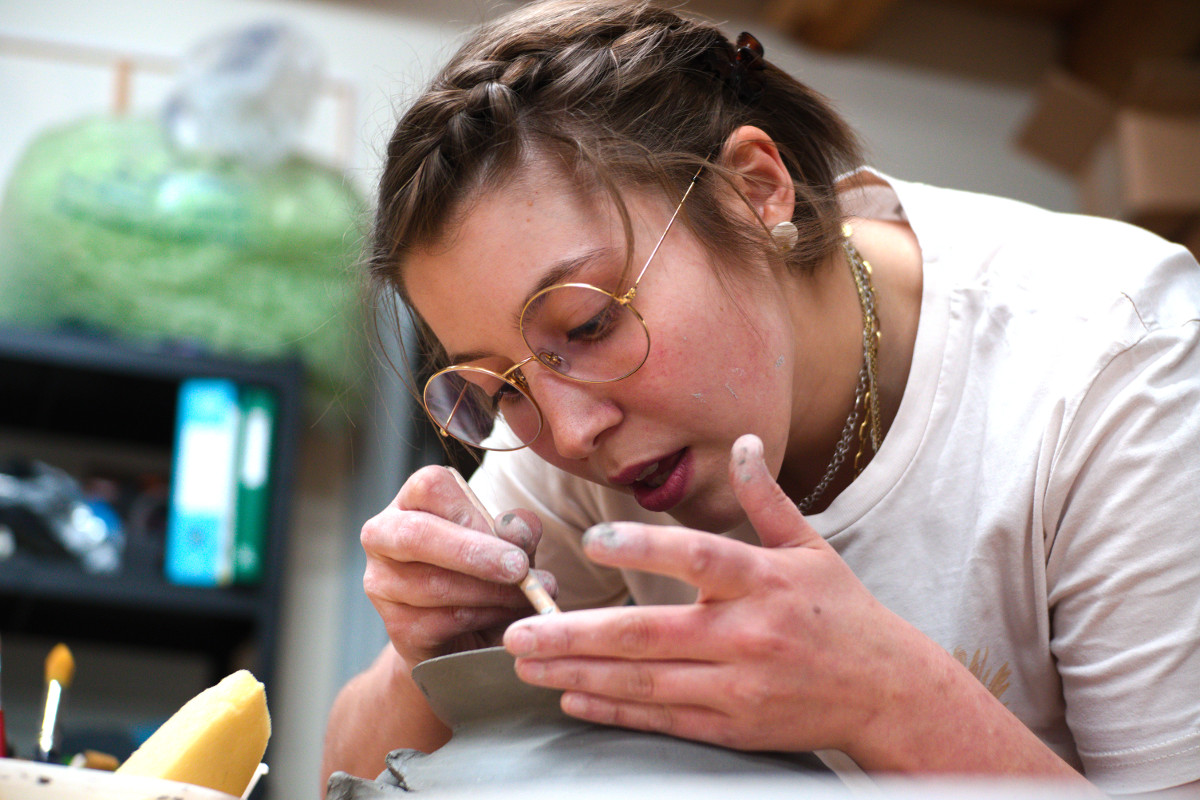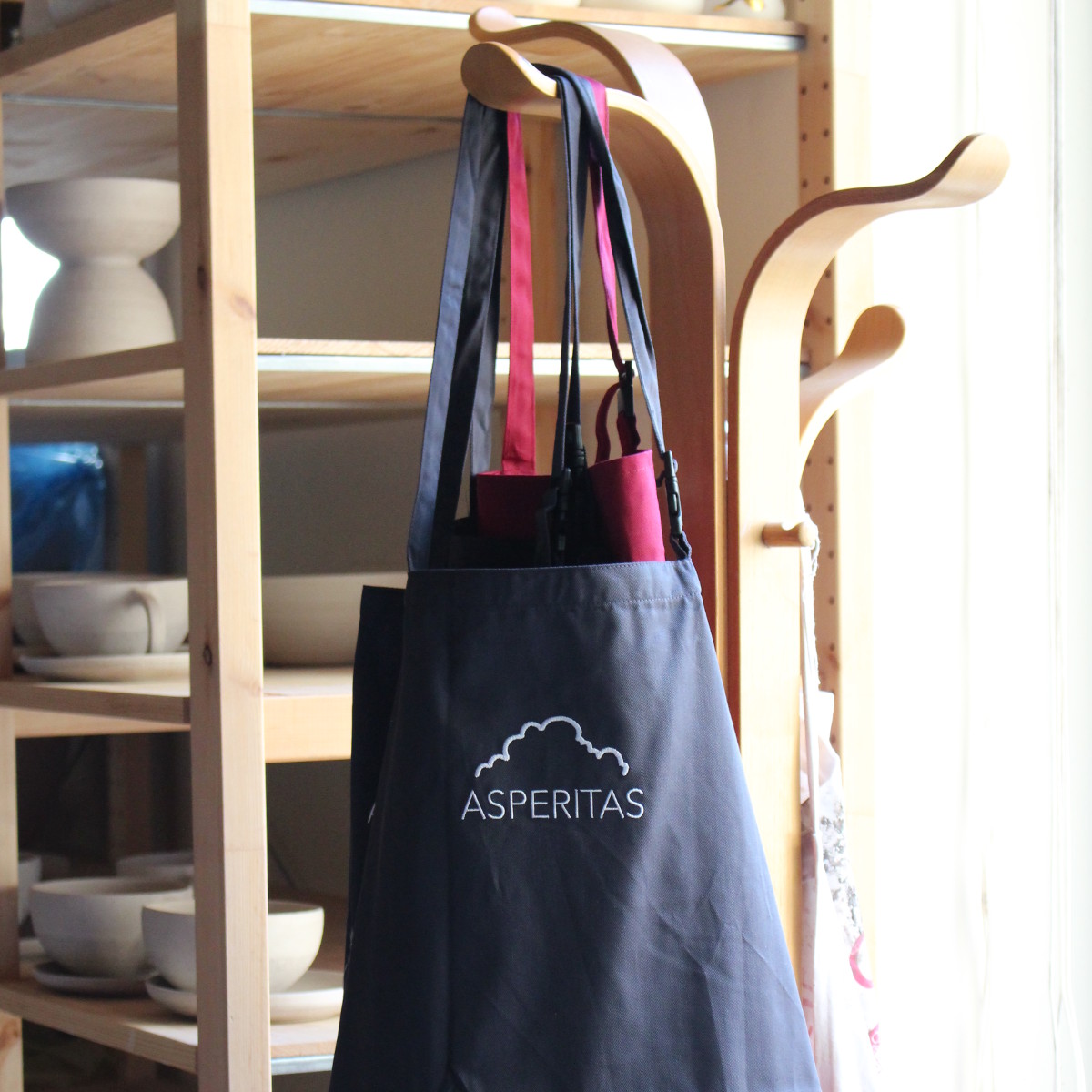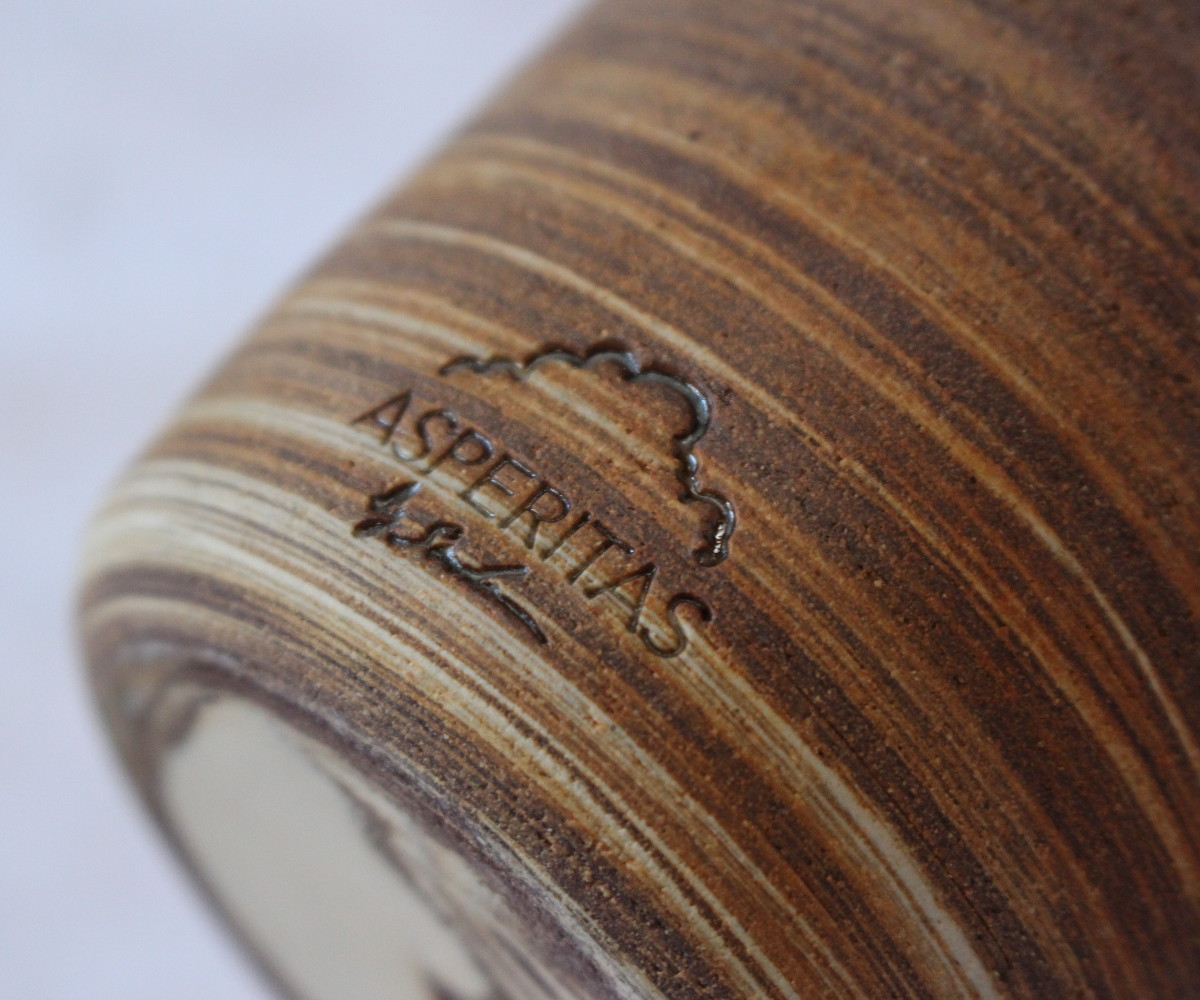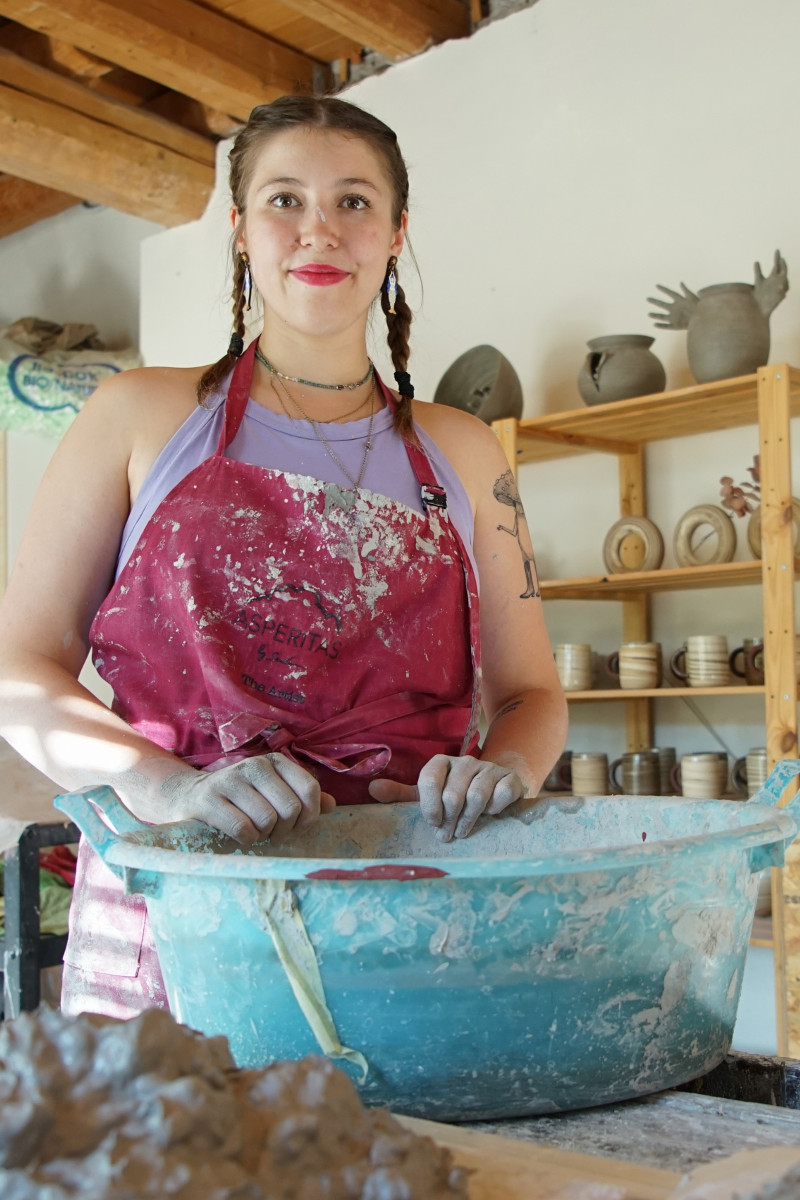
Trust
Craftsmanship differs from industrial production not only in its slower dynamics and smaller volumes, but also and especially in its ethics.
The artisan knows the best way to create an object, unlike the customer, who desires a certain object with certain characteristics, but does not know its production process in detail.
The task of the artisan, then, is to create the object in the best way that his means and experience allow, without compromising his/her ethics, perhaps by producing cheap and poorly created objects in order to lower the price.
The customer, on the other hand, will necessarily have to rely on the artisan, accepting to pay a price that is higher than a similar, industrially produced object, and consciously choosing to establish a relationship of trust, in which he/she recognizes the artisan’s morality, that requires him/her to create the object to the best of his/her ability.
In this sense, the relationship between customer and artisan is not passive, but active, and presupposes open-mindedness and listening on both sides.
Education
Education is crucial in this context: both of the artisan, who educates the customer about production dynamics, and of the artisan him/herself, who constantly studies and learns to improve the quality of his/her production over time.
These are the values I believe in and this is why I chose to become an artisan myself and open my business in 2021. Curiosity about my art drives my hand, while I continuously educate my mind with courses and training.
The richness of education, however, is not in the act of study itself, which can be sterile and an end in itself, but rather resides in the choices it leads us to make.
For all these reasons, in the spring of 2023 I made a radical decision: to change my ceramic production entirely, abandoning all the production dynamics followed until then and launching into a totally new production.
Environmental impact
In the spring of 2023, two things happened: the first was attending the ESG course at the University of Udine. ESG stands for Environmental, Social, and Corporate Governance, and refers to a business management approach that considers not only the economic aspects of a company but also takes care of social and environmental ones.
The second was reading the book Circular Ceramics by Sara Howard, an English ceramicist who created a circular ceramics project—pieces made 100% from industrial waste materials—and documented her research in a book to help other ceramicists follow her example.
Following these events, I began researching the environmental impact of my own production and discovered that it is quite high, even on a modest scale such as artisanal production.

Recycling and Community
This experience profoundly changed how I approach my creative practice and the organization of my business, leading me to seek sustainable practices to integrate into my work.
I started by focusing on recycling in packaging, choosing a less refined aesthetic (doing the exact opposite of what the market demands today) that served the only purpose of protecting ceramics during transport—using materials in their second, third, or even fourth life.
To do this, I relied on the creative community that had formed around my studio: it’s not uncommon for my students to bring me old newspapers, boxes, or other packaging materials from their personal purchases, knowing how useful they are to me.
Sustainable Practices
I then equipped myself with the right tools, such as a sedimentation tank—a sort of water filter that prevents clay residues from being released into the water system, while allowing me to collect and reuse them.
I decided to limit as much as possible the use of glazes and colorants, favoring instead clays with different mineral compositions and therefore different colors. These, when mixed using the Japanese neriage technique, create marbled patterns that resemble wisps of smoke.
I also sought to creatively reuse the waste from my production, giving life to the #zerowaste collection, with a range of everchanging and unpredictable colors, made from leftover clay mixtures.

Ceramics: A Versatile Material
One of the most fascinating features of the material I work with is its suitability for a recyclable approach: clay can be reused over and over again.
A piece of dry clay, when immersed in water, will slowly dissolve. If you wait longer, the water will evaporate, leaving behind soft clay ready to be kneaded and reused. This process can be repeated virtually infinitely—provided the clay hasn’t been fired and remains raw.
Now, recycling clay is certainly nothing new, and I know that any potter or ceramicist reading this might think I’ve just invented warm water. Well, dear colleague, customer, or aspiring one—if you’ve taken the time to read all of this, I want to say this to you:

Of Frogs and Consistency – Conclusion
I’ve spent a long time questioning and searching for the best way to manage my production and presence on this planet in the most eco-sustainable way possible, and I’ve come to the conclusion that, to truly succeed, I would need to hide in a ditch and become a frog.
Forgive the irony—though it’s not entirely unfounded. It has been a tormenting and complex process for me to reassess my production, which is so dear to me because it represents the best parts of who I am.
Having to decide what and how to produce, why one material is acceptable while another is not—it’s an impossible choice that I continually reassess, because the truth is: none of the materials we use are truly sustainable, given the current state of our poor, beautiful world.
The solutions and choices I’ve made are based on my expertise with the material I know and work with, but also—and above all—on my instincts and personal sense of ethics. Therefore, I don’t claim that my evaluations are better than others, or that they are the only correct ones.
I chose to present my thought process and research with complete transparency, so that my clients or potential clients can make an informed and autonomous decision—evaluating whether my sustainability efforts are sufficient or not.
Thank you for your attention,
